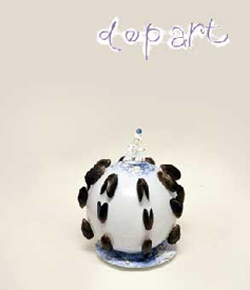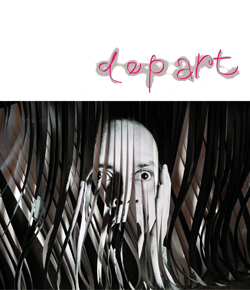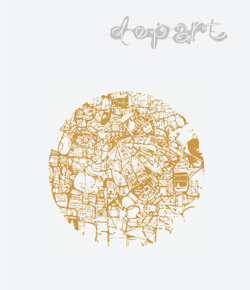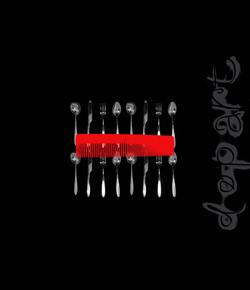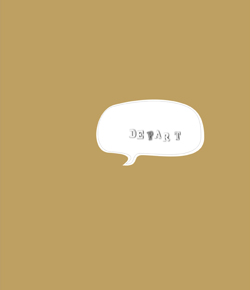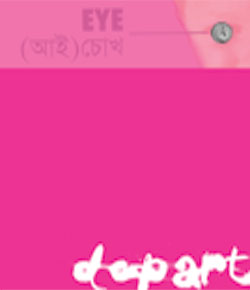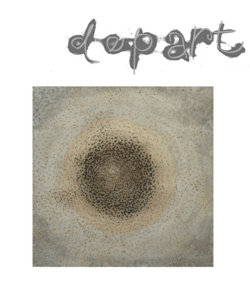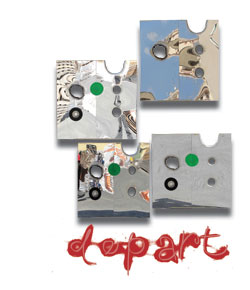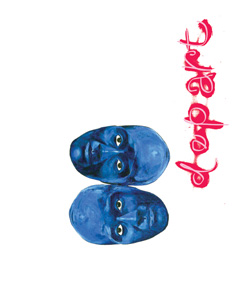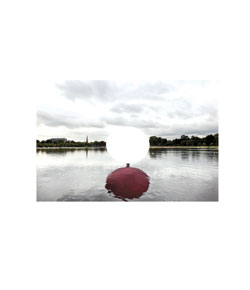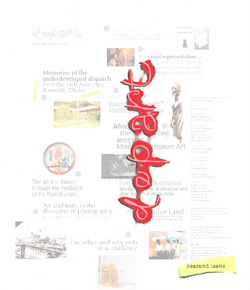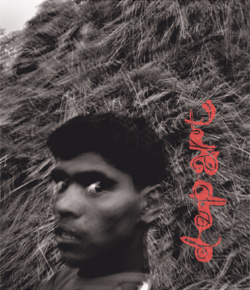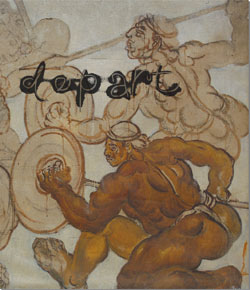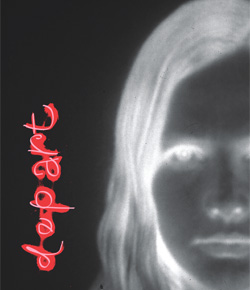newsscape
Re-seeing reality
Japanese art in Dhaka

Two back-to-back exhibitions at Zainul Gallery, Faculty of Fine Art, Dhaka University, showcasing works of two young Japanese artists provided an opportunity to glimpse at the recent reductionist tendency in the Far Eastern art. By being deliberately out of sync with the world they inhabit, these two artists processed sense-data in their own personal manners to arrive at conjunctions where their visions were emptied of all recognizable elements. However, both artists seem to be unwilling to sever the tie entirely with the real world, which they represent in mutated forms and traces to express a visual language which consequently remains faithful to the Twentieth century abstraction while vaguely recalling Zen Buddhist art practices of the past.
The two artists – Junko Okamoto (born 1970) and Minami Ogura (born 1984), are two essentialists in their own rights. For Junko it was her very first incursion into the Dhaka art scene which occasioned her fourth solo following three consecutive one-person shows in Japan where she is represented by Tokyo's Chuwa Gallery. Reflective of an ordered mind, Minami's work too expresses the Japanese temperament that reconsiders and, to an extent, attempts to revive, the tradition of disinterested seeing. These are artists of marked modernist valance, often operating from an alienated position vis-à-vis the highly mechanized society they are part of. Therefore, in their works the material conditions of their own society remain obscure while a certain tendency related to the spiritual-cultural patterns are brought to the fore.
G S Kabir, a Bangladeshi expatriate artist living in Japan since the late 1980s, conceived and executed both exhibitions where a transcultural frame becomes visible, though the curatorial effort seems to be based on too feeble a concept to have taken into consideration the historical relationship between Japanese people and the Bangla speaking populace. In fact the very criterion through which these works were brought into the public domain evidences arbitrariness on the part of the curator.


Historically, the tie between Japan and Bangladesh, or undivided Bengal to be precise, goes back a long way. It was Rabindranath Tagore who first idolized Japanese art and established a link that resulted in the cultural exchanges between the two nations during the first half of the Twentieth century impacting the art scene of Calcutta, (now, Kolkata).
At a certain point in his life, when Tagore was desperately looking for alternatives to Western aesthetic ethos, he implored the practising artists of Bengal to look towards the East and be aware of the possibilities of Japanese technique 'to educate oneself, not to indulge in mimicry,' to quote verbatim the poet who turned to painting at the end part of his life. The friendship between Tagore and Japanese nationalist and cultural commentator Okakura Kakuzo had some actual bearing on the level of artistic practice in the then undivided Bengal. All and sundry from Abanindranath Tagore to Gaganedranath Tagore, irrespective of their allegiance to the indigenist modernist dictum that was then in vogue, began to apply the wash technique integral to Japanese and Chinese ways of representation.
At present, at the behest of Kabir, there are regular exchange programmes that see Japanese artists showing works in Dhaka and Bangladeshi artists in Japan. Though there have been numerous shows, including solo and group exhibitions where artists of both countries represented their own cultural brio, the reach of the dialogues issued forth seems uninformed by the new aesthetic developments in both countries.
Translation: DEPART DESK







